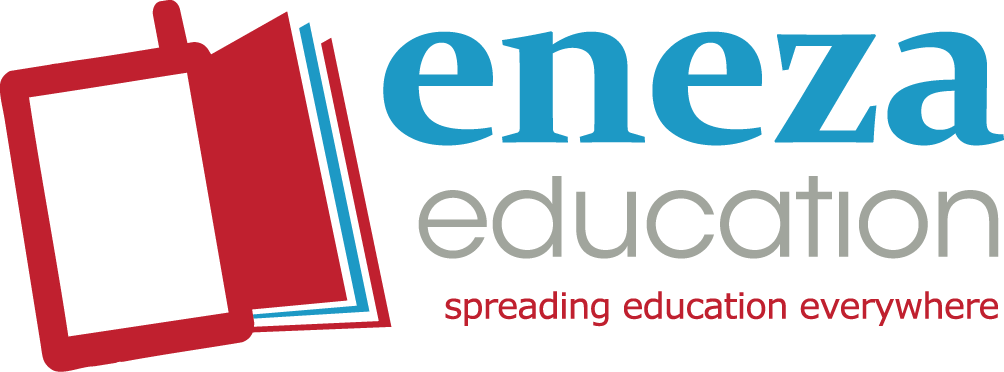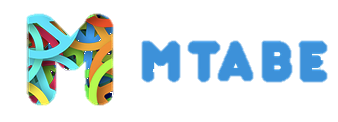By geography
By funding
Innovation is global: Innovation in EdTech is happening
across the globe, across rural and urban settings.
Across different contexts:
Developed and developing countries are seeing similar traction for EdTech
innovation.
Led by North America, China & India: North America has the most
number of innovations while China leads the way in funding. India close at heel on both fronts.
By number of innovations
By funding
Traditional interactions continue to see traction: Lesson
Preparation & Lesson Delivery, Self Learning have seen the most traction, constituting together 67% of
the landscape.
Emerging and nascent use cases gain new wind: Big bets being made on
doubt resolution and homework, flourishing backed by Chinese funding and deploying new age tech such as AI
and ML.
Others need attention: TPD, PP have historically lacked funding and are in a
dire need of innovation support.
Insight for policymakers: In a post COVID world, where blended learning will be ubiquitous, lead with/incentivise the supply of solutions catering to teacher professional development and parental capacity building to engage with children at home.
*Some innovations can be accessed via different devices and hence fall in more than one category
Insight for policymakers: Device access and digital divide is a challenge across many countries in the world. However, EdTech innovations for the feature phone segment are rampant as well - Interesting evidence backed solutions exist across interactions that can be leveraged for resource constrained environments
Lesson Delivery

M-Shule is an AI-based learning platform that delivers personalized content in Math and English to K-8 students via SMS. The adaptive engine analyzes student progress and performance, tailors instruction to each learner’s level, and reports the data to the teacher, allowing for more personalized lesson delivery.
Self Learning

Eneza is a mobile learning platform that delivers supplementary learning
content to students over SMS. Students can take lessons, assessments with individualized feedback
on correct/incorrect answers, and ask questions to live teachers. Eneza allows students to learn and
practice on their own by democratizing access to curriculum-aligned resources.
Other examples:
Makhalidwe Athu

Doubt Resolution

Mtabe is an SMS-based doubt resolution search engine that uses artificial intelligence to provide instant answers to students’ queries. The platform is able to provide just-in-time learning content, problem solving, and support to learners at low-cost in low-resource environments.
Parental Participation

Ready4K! delivers a family engagement curriculum to
parents via personalized text messages. Every week, parents and families receive facts and easy
tips on how to promote their children’s development by building on existing family routines. Evidence has
shown that the approach can accelerate literacy outcomes by 2 to 3 months.
Other examples:


Insight for policymakers: Interestingly, despite having generated some evidence, white spaces such as TPD and PP continue to have fewer innovations and attract lower quanta of funding. There is room to explore these interactions to build on the evidence and innovation that already exists.